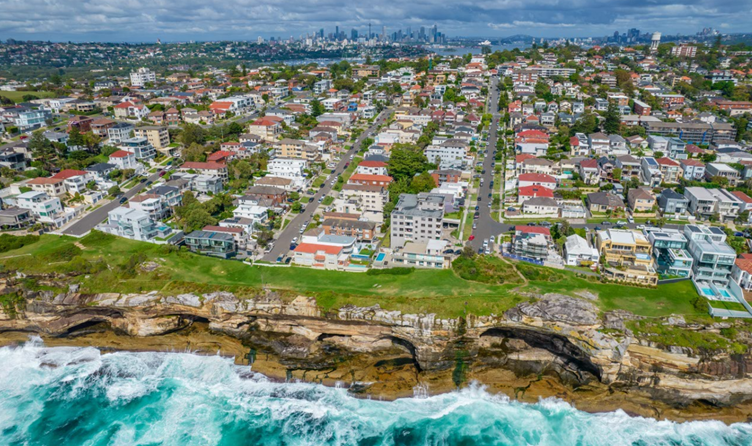Using your SMSF to invest in property
It appears as though the self-managed superannuation fund (SMSF) revolution in Australia is now in full swing.
Currently, approximately 1.1 million Australians manage their own superannuation through SMSFs. According to Deloitte’s 2022 data, Australian males aged 45 to 49 typically have $224,200 in their super, while females of the same age range have an average of $146,400.
These SMSFs make up over 610,287 funds nationwide, holding around 25% of the total $3.5 trillion invested in superannuation. According to the Association of Superannuation Funds of Australia’s Retirement Standard, for a ‘comfortable’ retirement, a couple who own their own home will need an income of approximately $70,500 per year, while a single person will require an annual income exceeding $50,000.

With numbers like these, it’s clear that Australians are looking to self-managed superannuation funds (SMSFs) as a means of taking control of their financial future.
Since a rule change in 2007, SMSFs can now borrow money to invest in all types of real property, including residential property. This is good news for the growing number of Australians who want to use their superannuation to invest in property and secure for themselves an income stream that will last throughout their retirement years.
When you choose to invest in property through your SMSF, you gain the ability to control how your retirement funds are invested and ultimately create a path for long-term financial success.

But with great power comes great responsibility – or at least, careful consideration. Before rushing into buying an investment property through your SMSF, it’s important to understand the ins and outs of this type of investment, as well as the rules and regulations surrounding it.
